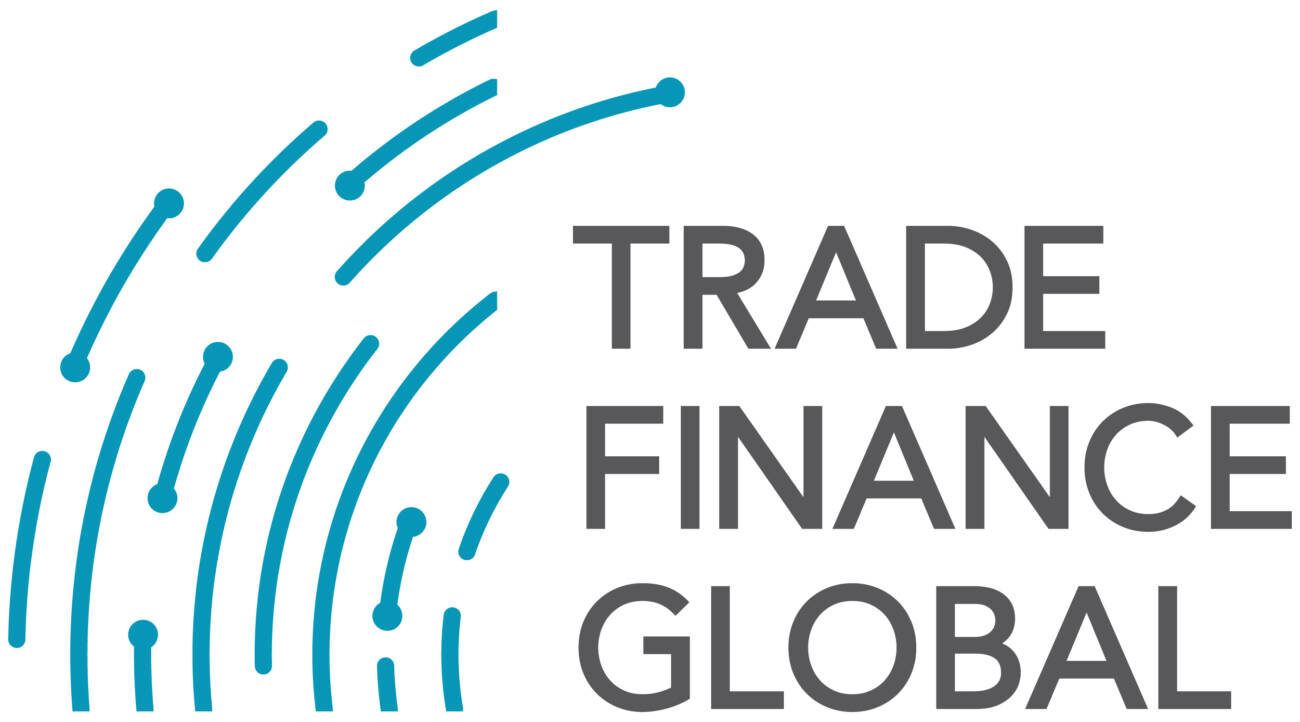Trade finance plays a crucial role in the transition to a sustainable future, and is uniquely positioned to mobilise the scale of capital needed for the journey.
As calls for sustainability grow louder in the industry, environmental, social, and governance (ESG) considerations are top of mind for trade finance executives.
But how can financial institutions drive effective communications that help bring about meaningful change in global trade?
An accelerating agenda
Since the COVID-19 pandemic began, the industry’s ESG agenda has accelerated.
Stakeholders across the trade ecosystem, including governments, investors, corporates and banks, are increasingly focused on sustainability as they seek to build back better after the crisis.
Industry bodies are progressing with efforts to support ESG and sustainability in trade finance.
For example, the ICC has published a proposed standardised framework to provide clearer definitions for sustainable transactions, and is undertaking an industry consultation on the topic.
As ESG definitions and taxonomies take shape, and capital continues to flow into sustainable financing, trade finance providers need to step up their ESG communications to realise their ambitions.
Effective communication is essential to change mindsets, motivate stakeholders, and drive ESG implementation.
Listen before you communicate
The first step is to conduct a materiality analysis to identify the specific aspects of ESG most important to stakeholders.
This requires extensive engagement and data collection with multiple parties to unearth the key ESG issues.
But it might result in a long list, since ESG encompasses a broad range of expectations about the role of financial institutions.
Firms should select the issues that are aligned with their business purpose and – where possible – have the greatest impact.
This will help them develop a solid proposition about what they are communicating before they start to consider how to communicate it.
Planning makes perfect
Once the materiality analysis is complete, and ESG topics have been prioritised for communication, it’s time to develop an overarching ESG narrative and communications plan.
It must be coherent and consistent across all stakeholder audiences, while also resonating with each particular stakeholder group.
This is easier said than done, as the trade ecosystem is vast and complex, and ESG is rapidly evolving.
It’s therefore helpful to create a handful of substantive pieces of content, or “content pillars”, for each of the specific topics that have been prioritised for communication.
The content should clarify the actions being taken, what they mean for the audience, and what the audience can do to help. It can then be customised for use with different stakeholders.
Content should focus on outcomes and evidence. Firms can engage their stakeholders to uncover examples and proof points that demonstrate ESG implementation, and bring these to life in the form of case studies, thought leadership articles, and media placements.
ESG communications should be embedded across all channels, including websites and social media, internal communications, and campaign emails to clients and prospects.
This creates a consistent cadence of communication that can help normalise ESG.
As it becomes increasingly mainstream, ESG can be used as a lens through which to develop most, if not all, content.
Ideally, communications content should always link back to ESG and business purpose.
Challenges on the ground
Trade finance executives face a number of challenges and pitfalls when implementing ESG communications plans.
There is an increasing fatigue and scepticism in the trade ecosystem about undifferentiated and misleading ESG content, and ongoing concerns about greenwashing.
Firms need to truly differentiate their ESG communications while ensuring authenticity and accuracy.
To avoid greenwashing, they should focus on sharing success stories that are grounded in proof points and tell a unique, granular, and accurate story.
But while sharing success stories is a tried-and-tested way to win hearts and minds, firms should adopt less conventional approaches to foster authenticity and credibility.
For example, telling challenging stories about the difficulties of addressing ESG considerations, or even examples of where progress has lagged and lessons learned.
This approach may not be suitable for content on main website pages or social media accounts, but it can be used in long form articles, whitepapers, podcasts, and lunch-and-learn events where it’s possible to elaborate and set the context for these stories.
It helps promote open and honest dialogue in the industry. This facilitates education, collaboration and knowledge sharing, both within and between firms, and between firms and industry bodies.
It can also result in original and distinctive content that is highly engaging and creates true differentiation in a market awash with generic ESG communications.
There is also the risk of trade finance businesses failing to effectively engage with marketing and communications functions.
While marketing activity related to clients, sponsorship, and advertising is often decentralised to the trade finance business, and therefore largely under its direct control, communications to the media is not.
However, the media remains imperative to achieving communications objectives, especially for topics like ESG where third-party endorsement is necessary to build credibility and trust.
Media relations teams are likely to be centralised at the corporate level and support multiple business divisions.
They are more likely to be responsive to trade finance content that supports the bank’s wider communications priorities.
For example, content about sustainable supply chain finance that is linked to ESG performance targets, or the use of blockchain and digitisation to facilitate SMEs’ capacity to export.
When expertly promoted to the outside world by supportive communications teams, these stories can garner media coverage and generate visibility and credibility for the trade finance business.
Trade finance businesses that lift the veil on their inputs and processes, provide evidence of outcomes, and share compelling and authentic content will be successful in their ESG communications.
This will help them accelerate ESG implementation, enhance stakeholder adoption, and ultimately achieve a unique and positive impact on society.

